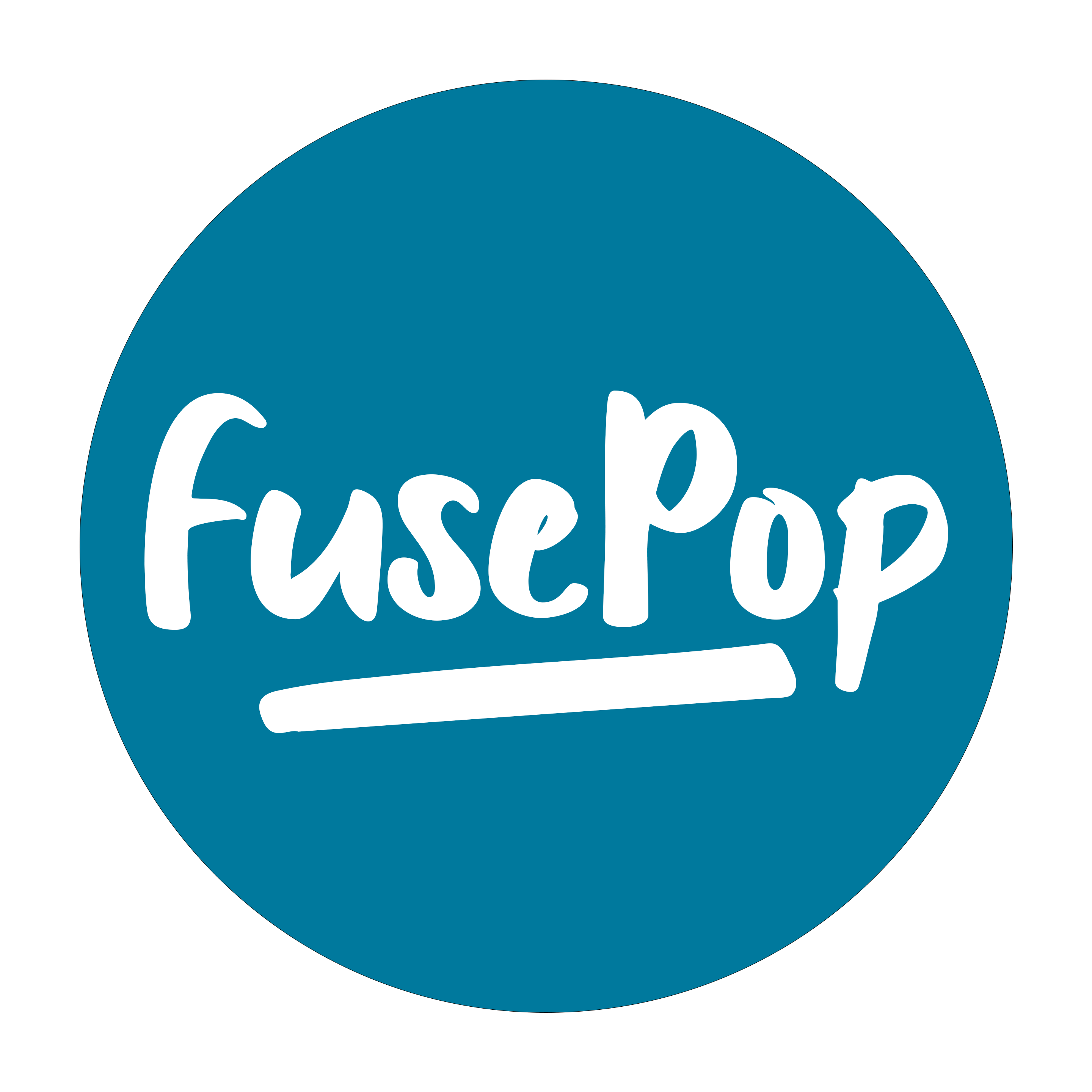Charter Schools: Public or Private?
Charter schools occupy a unique space in the American educational ecosystem, blurring traditional lines between public and private institutions. While they receive public funding and are technically considered public schools, they operate with significantly more autonomy than traditional public schools.
Unlike standard public schools, charter schools:
- Receive government funding based on student enrollment
- Are free to attend
- Cannot charge tuition
- Must accept all students, with random lottery systems for oversubscribed schools
The key distinction lies in their operational model. Charter schools are independently managed but publicly funded, operating under a performance contract or 'charter' with state or local authorities. This allows them greater flexibility in curriculum design, teaching methods, and school management compared to traditional public schools.
As of 2021, approximately 3.7 million students attended over 7,700 charter schools across the United States. These schools are particularly prevalent in urban areas, offering alternative educational approaches for students who might not thrive in traditional public school environments.
While charter schools share many characteristics with public schools, they are not identical. Their unique hybrid status provides educational innovation while maintaining accountability through performance metrics and public oversight.
Understanding charter schools requires recognizing their nuanced position: publicly funded but independently operated educational institutions committed to providing diverse learning opportunities.





































































































